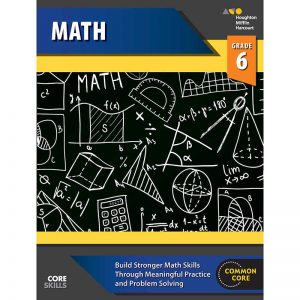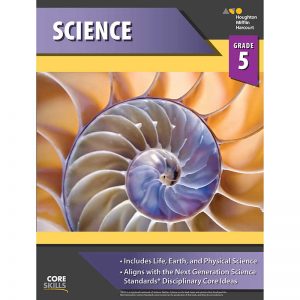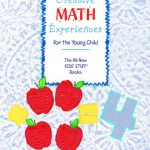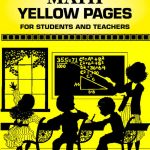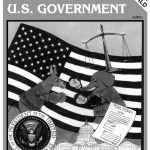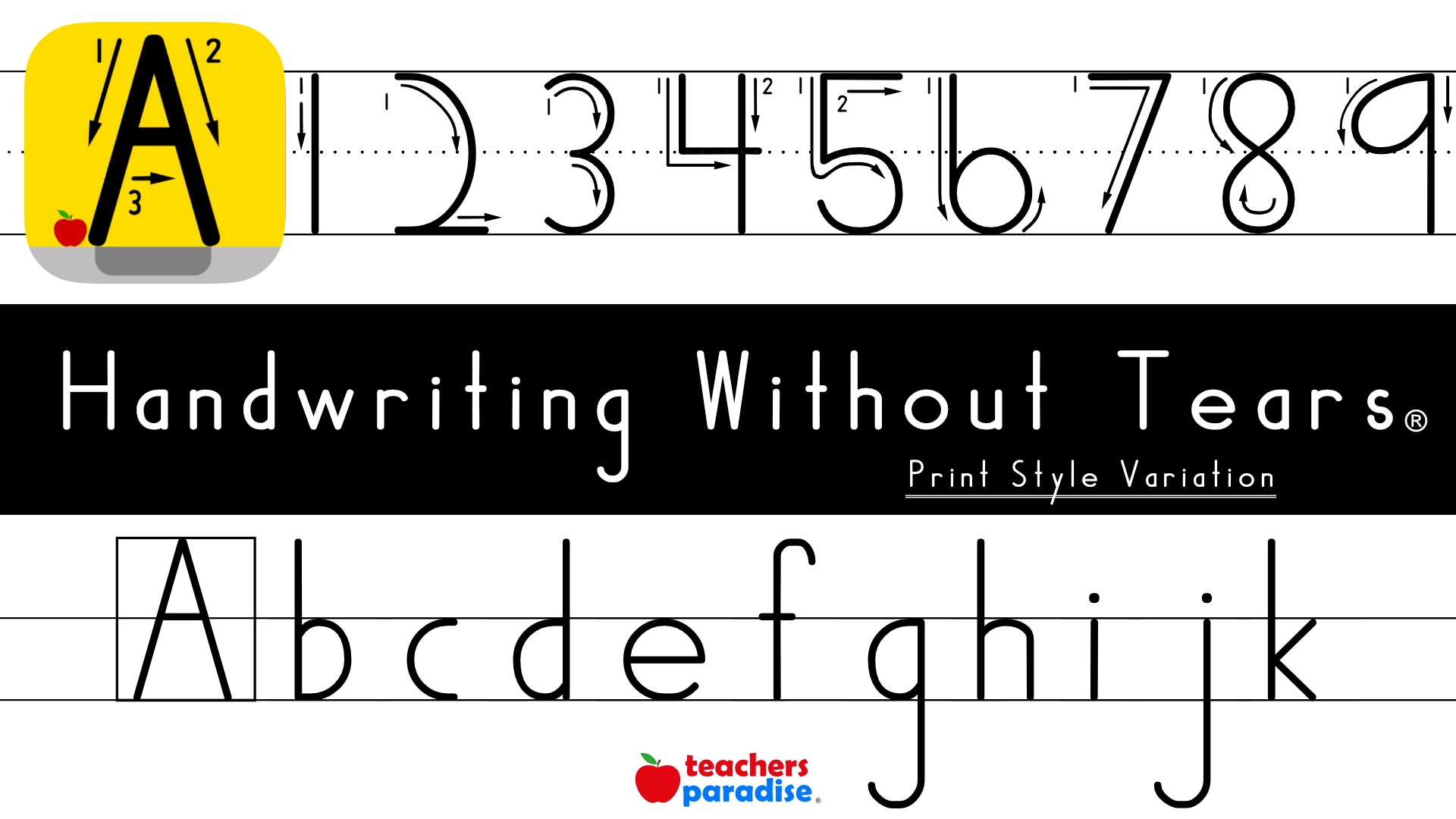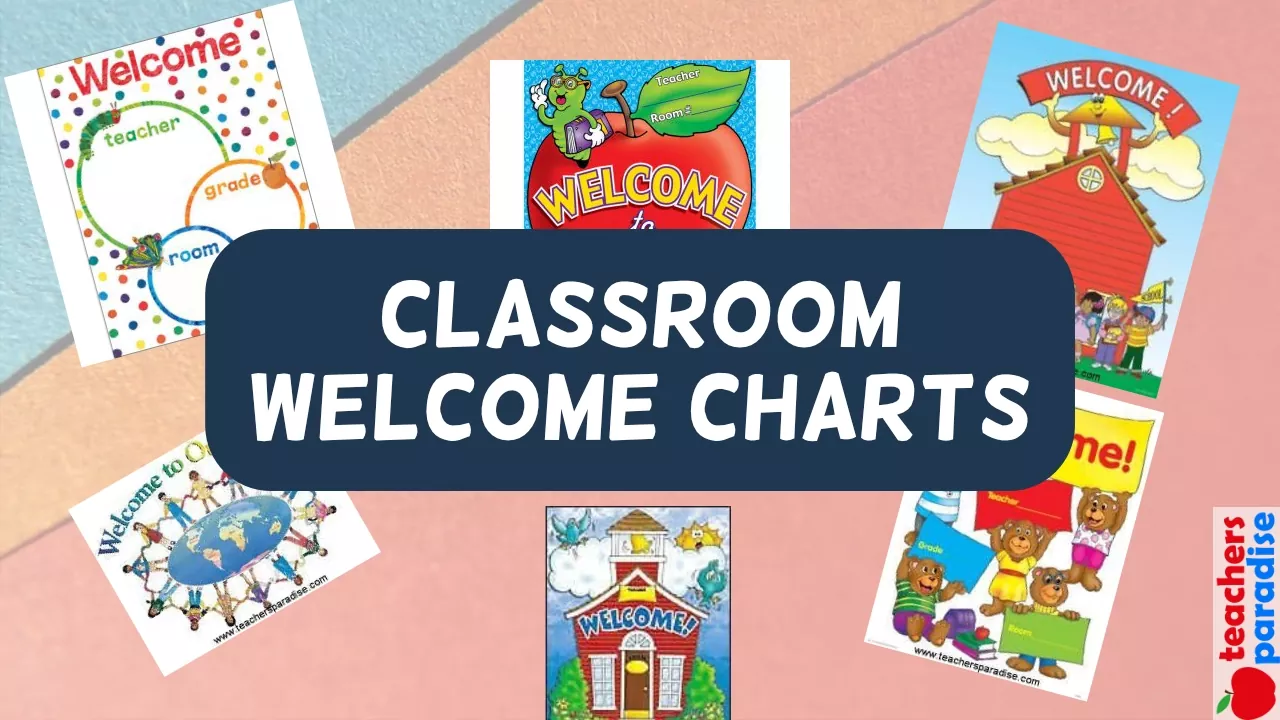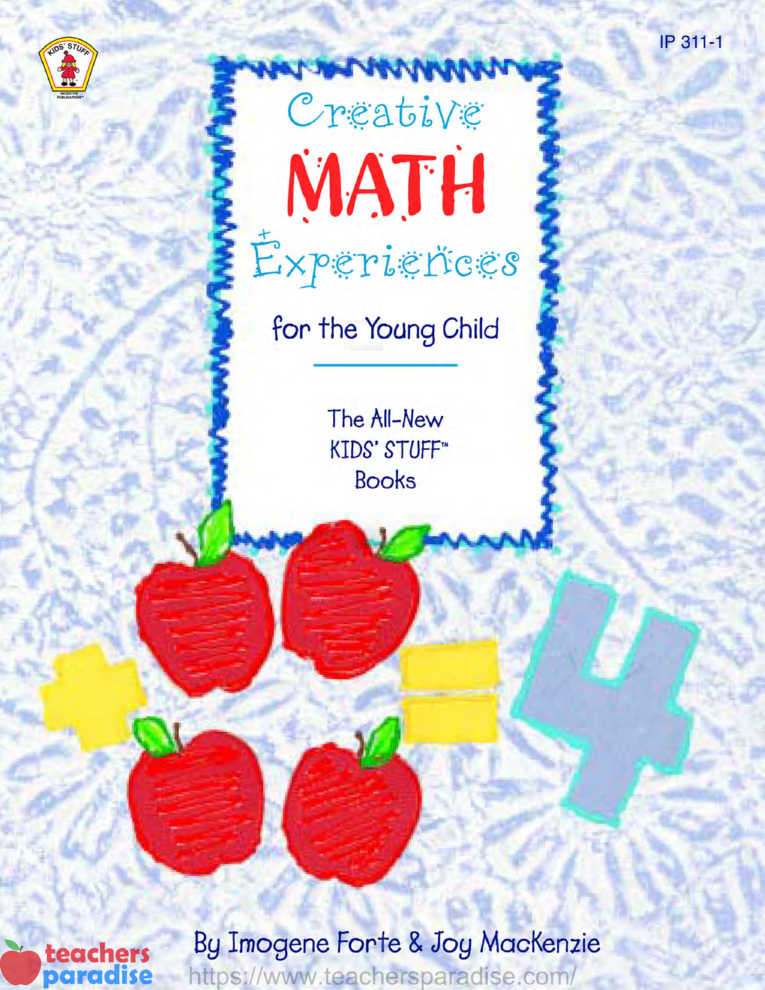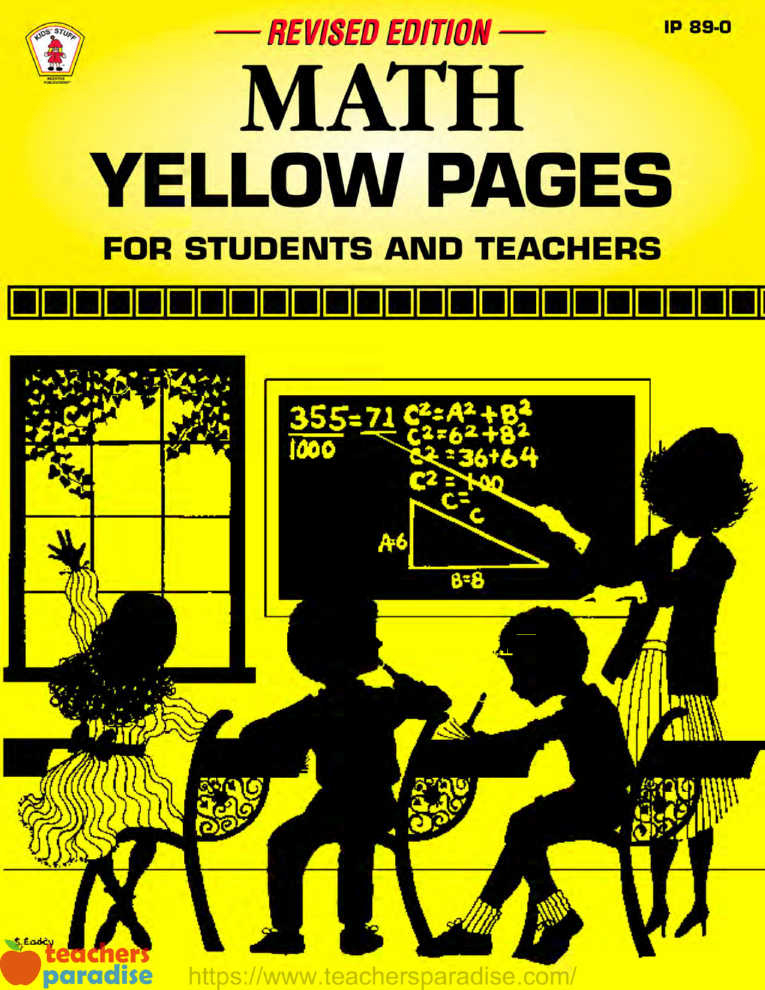Inventors Making Things Better Emergent Reader Activity
BEFORE READING
Read aloud the title and share the cover. Browse through the book together. Point out the table of contents, glossary, and index. Tell children that these features will help them better understand what they read and locate specific information in the book. From the table of contents, have children predict the inventions that might be included in a chapter called “Sending Messages.” Record their responses.
READING
Help children set a purpose for reading by asking them to read to find out the names of some famous inventors and their inventions.
Use questions such as these to guide the reading:
• What problem is solved by each invention?
• How did the invention of the assembly line change the way cars were made?
• What do you think the world was like before these inventions?
• What qualities make inventors special people?
WORKSHEET & Sample PDF Activity
[adinserter block=”2″]
Sample PDF Activity
[adinserter block=”3″]
AFTER READING
Have children summarize what they learned about inventions. Help them list the inventors and their inventions. Ask them to discuss which of the inventions they think made the most difference in their lives.
Response Activities
Invention Hall of Fame
Materials: art paper, writing paper, crayons or markers
To follow up on the discussion in After Reading, have children draw pictures of the invention they think is the most important one they read about. Have them draw the inventor and his or her invention, and write a few sentences about why they chose this one.
Assembly Line Experiment
Materials: paper plates, brads, construction paper clock hands, markers
Guide children in a comparison of individuals creating an item and assembly-line work. Have one group of students each make a paper plate clock. Have another group of students create the same type of clock with an assembly-line approach. Give a set amount of time, such as 10 minutes. Compare the efficiency of the two methods.
PHONICS FOCUS
Identifying Long and Short o
Write not and note on the board and have children read the words. Point out that o can stand for the short vowel sound in not and the long vowel sound in note. Have a volunteer point to the silent letter e in note. Ask children to find words in the story with long and short o sounds. (lot, stop, job, cloth, home, ropes, broke, wrote)
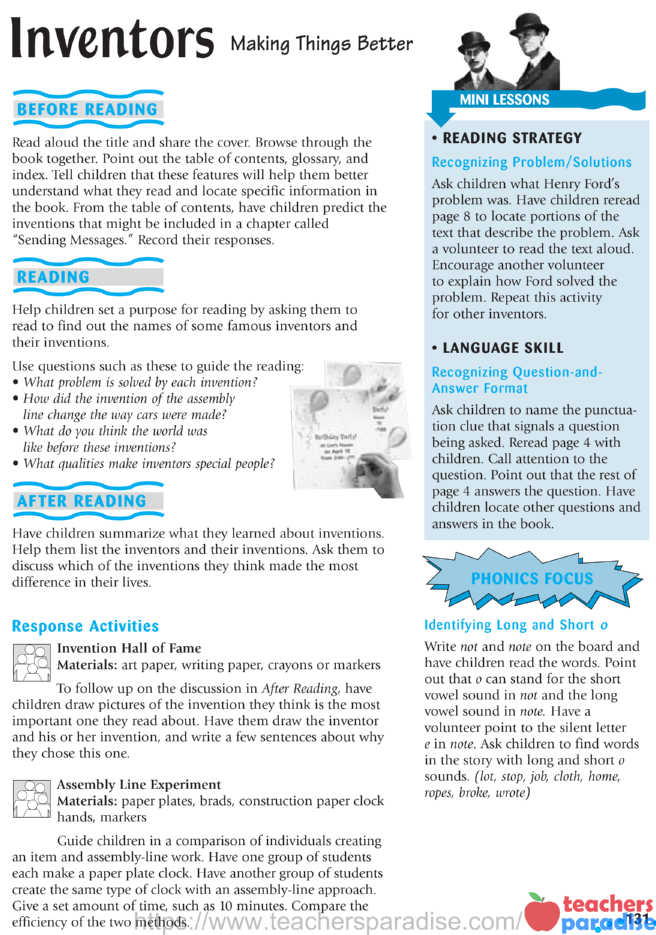
MINI LESSONS
• READING STRATEGY
Recognizing Problem/Solutions
Ask children what Henry Ford’s problem was. Have children reread page 8 to locate portions of the text that describe the problem. Ask a volunteer to read the text aloud. Encourage another volunteer to explain how Ford solved the problem. Repeat this activity for other inventors.
• LANGUAGE PATTERN
Recognizing Question-and-Answer Format
Ask children to name the punctuation clue that signals a question being asked. Reread page 4 with children. Call attention to the question. Point out that the rest of page 4 answers the question. Have children locate other questions and answers in the book.

